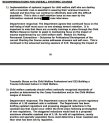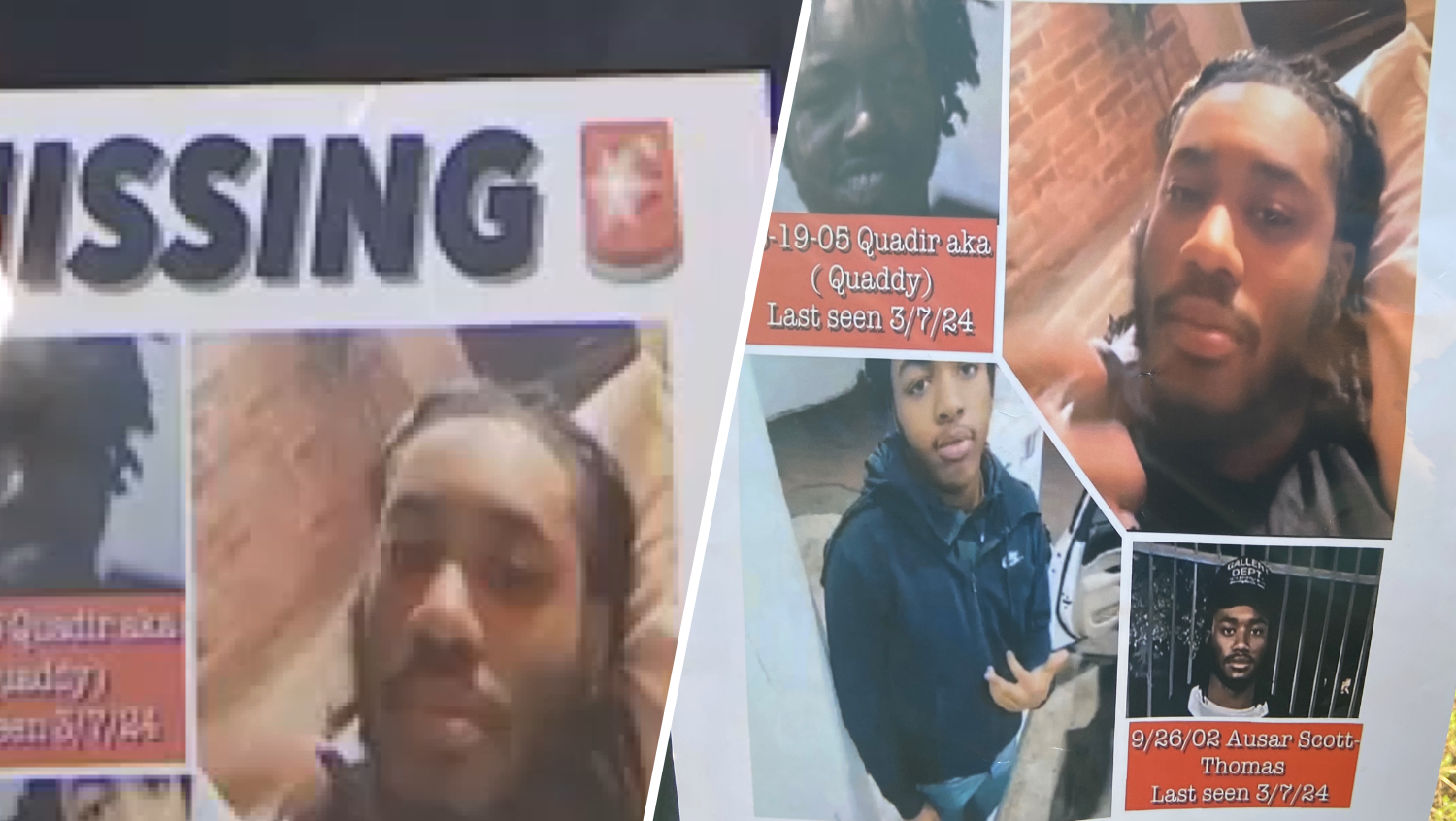What to Know
- The Pennsylvania Department of Human Services released the first report into how child welfare agencies interacted with Grace Packer.
- Grace Packer was killed in 2016 at 14 years old by her adoptive mother and the woman's live-in boyfriend.
- The adoptive mother, Sara Packer, and the boyfriend, Jacob Sullivan, were sentenced to life in prison and death row, respectively.
Pennsylvania's child welfare system is overwhelmed and in need of more accountability at the county level, the state Department of Human Services said in a report that investigated the circumstances leading up to a foster child's 2016 slaying.
Grace Packer, 14, was killed in 2016 by her adoptive mother, Sara Packer, and Sara's boyfriend, Jacob Sullivan, in one of the most heinous crimes in recent memory. Sara Packer was sentenced last week to life in prison without parole, and Sullivan was sentenced to death row.
The first third of the 30-page report details the tragic life and death of Grace Packer's life. She was born in 2001. Before turning 1, Grace was taken into custody by the Montgomery County Children and Youth Agency.
The report is heavily-redacted, with many words and whole sentences blacked out. Still, much of the girl's life in foster care is revealed and many of the state's recommendations are listed publicly for the first time.
Until her death in 2016, Grace moved in and out of the county child welfare systems of eastern Pennsylvania. For a few months in 2015, Grace spent time in North Carolina, overseen by a county social services agency there.
Local
Breaking news and the stories that matter to your neighborhood.
Repeatedly, the report indicates, Grace was the subject of sexual abuse.
"The evaluation identified concerns that Grace may have been molested. However, it was unknown when this happened or who may have abused her," the report said of an incident reported to Berks County Children and Youth in 2005.
Redactions make it impossible to know who gave the report.
More reports of sexual abuse against Grace continued, the report said: in June 2010 and in April 2012.
"Repeatedly, it was noted that Grace was receiving (redacted) services, yet it seemed that much of it was not focused on the key issues in this child's life," the report noted, adding that at one point along the way an intern was charged with helping Grace — though some words are redacted — "rather than a seasoned (redacted) with experience in such severe sexual abuse."
A spokesman for Montgomery County, one of several involved over the years, issued a statement: "We are deeply affected by the terrible tragedy that befell Grace Packer. We place the safety of every child at the highest priority. All reports to the county are thoroughly screened and our response is in accordance with the law. As a result of this report, Montgomery County is evaluating and updating screening protocol to include review of prior referrals and review of existing information in any other county when possible."
The report calls for changes up and down the social safety network in Pennsylvania. Here are four insights gleaned from the report:
— Introducing its recommendations, the DHS report states bluntly the condition of foster care in Pennsylvania: "It is important to note that the child welfare system as it stands today is overwhelmed." (Page 12)

— State officials will convene a task force that investigates specifically how to improve care for the most vulnerable children, including those who have been sexually abused and those who have experienced trauma and loss. (Page 22)

— A new policy is needed to strengthen the response when dealing with families which have been referred multiple times to child welfare agencies. (Page 25)

— The state's current regulations allowing 30 cases for every social worker is outdated. A new "proposed maximum allowable caseload size" of 10 to 1 should be implemented within three years. (Pages 26-27)

Here is the full, redacted report:



